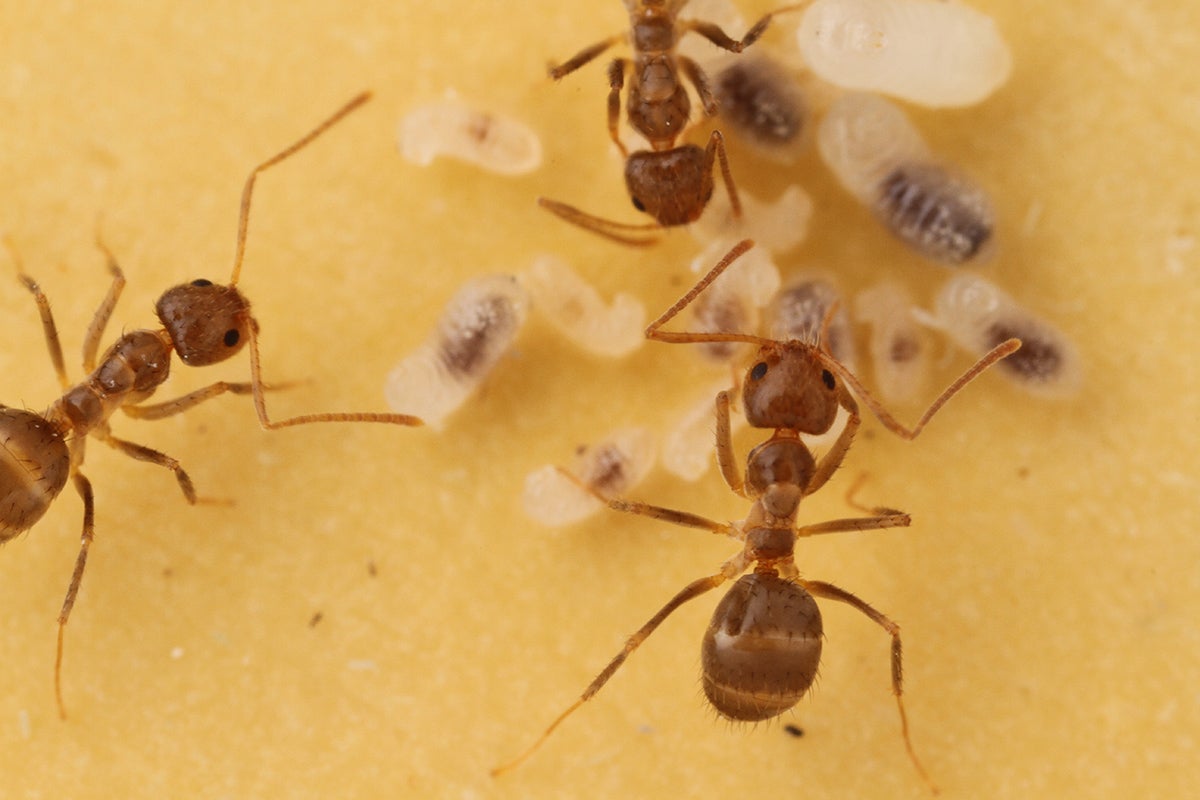Why the Powerhouses of Cells Evolve Differently in Plants
New research solves a mystery as to why mitochondria in some plants evolve faster than others.

The University of Texas at Austin
Evolution is a slow process occurring over many generations, but it can happen more quickly in some cases than others. Everything from the type of animal or plant evolving to changes in the external environment can affect the pace of evolution. Now a team of scientists has found out why mitochondria, the powerhouses of cells, may be evolving rapidly in some plants.
“Mitochondria contain their own independently inherited genomes,” said Justin Havird, an assistant professor in integrative biology. “In most animals, mitochondrial DNA mutates and evolves much faster than the DNA in the nucleus that encodes most of our genes. In plants the opposite pattern is found, though some plant groups show a more animal-like pattern with fast-evolving mitochondria. We wanted to find out why.”
Kendra Zwonitzer, a doctoral student in Havird’s lab and lead author of a new study published in the Proceedings of the National Academy of Sciences, found that this trait in plants is linked to having a low number of mitochondrial genome copies in each cell. Some of the plants, geraniums for example, have only around one mitochondrial genome per cell and evolve very quickly, while species with slower evolution have dozens or hundreds per cell.
“We found that these plants with really low mitochondrial DNA copy numbers were, across the board, showing elevated evolution rates. This applied broadly across ~300 million years of plant evolution,” Zwonitzer said.
The team believes this is due to repair machinery in plants. Plant mitochondria with damaged DNA need other copies of DNA close by for repair processes.
“If there’s only one or two copies floating around in the cell, maybe there’s not enough copies around to perform that repair,” Zwonitzer said. “And that’s why we’re seeing more mutations and an elevated evolution rate.”
The researchers used data from DNA sequencing to analyze the number of copies of mitochondrial genes and nuclear genes in each plant. They then formed evolutionary trees to understand the evolutionary rate. The scientists hope to understand whether this pattern also applies to organisms outside of plants to better understand the link between mitochondrial genomes and repair in the future.
“One of the questions is, ‘Is this just something weird that’s going on in plant mitochondrial genomes, or is this something more common and somewhat of a rule across the tree of life?’” Havird said. “There are a lot of animals that are in the early branches of the tree of animal life, where we see some similar patterns that we see in plant mitochondrial genomes. This could be something that’s found in other lineages, like octocorals and sponges.”
The research was funded by the U.S. National Institute of General Medical Sciences.



